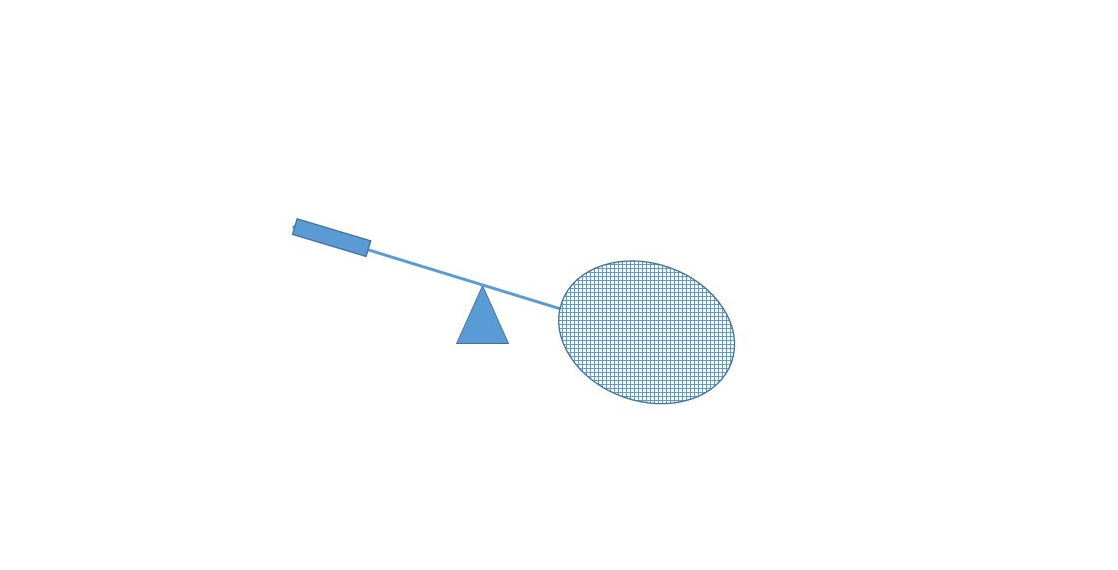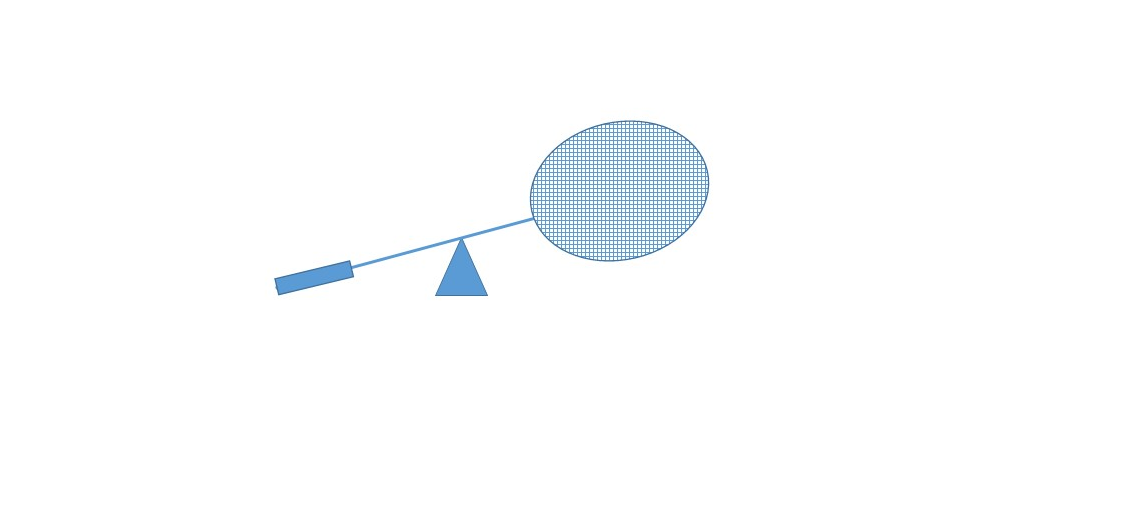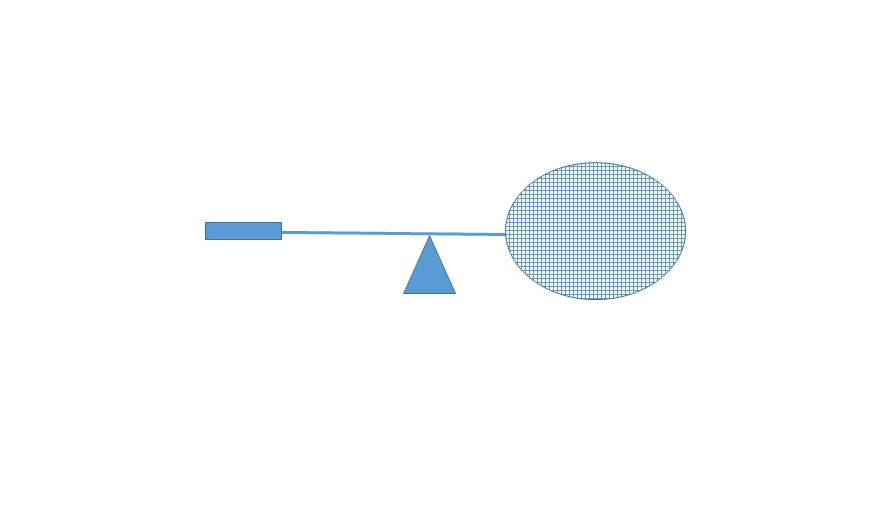How To Choose A Badminton Racket
_11zon.webp?width=675&height=506&name=badminton%20racket%201%20(1)_11zon.webp) Photo: Nicole Lee/ Sport Singapore
Photo: Nicole Lee/ Sport Singapore
The racket is your most important badminton equipment. The type of racket you choose should match your playing ability. Here are four things to consider when it comes to choosing the most suitable racket for yourself.
1. Weight of the racket
The weight of the racket is usually denoted by “U”; the smaller the number, the heavier the weight of the badminton racket. A good badminton racket usually weighs around 80g to 100g.
- 4U: 80-84g
- 3U: 85-89g
- 2U: 90-94g
- 1U: 95-100g
What is the ideal Badminton Racket weight based on your level?
Lightweight badminton rackets are highly recommended for beginners. They should weigh between 85g to 89g (3U) as such rackets are usually easier to control.
Lightweight rackets also allow for quick stroking speeds and recovery. You will be able to deliver quick serves and switch to different strokes easily. Lightweight rackets are also easier on the wrist and shoulders, reducing the chances of injuries.
%20(1)_11zon.webp?width=675&height=449&name=Derek%20Wong_2011_11_12_Chris%20McGrath_132114015CM010%20(1)%20(1)_11zon.webp) Photo: Sport Singapore
Photo: Sport Singapore
Single players usually use a slightly heavier racket such as 3U rackets to ensure stability while doubles players use 4U rackets for more speed allowing them to react quicker against their opponents.
2. Balance Point
Apart from weight, rackets can be categorised by their balancing point, or where the weight of the racket is largely located. To determine the type of balance your racket has, place a finger just slightly below the head of the racket to see which way the racket tilts.
There are three categories of balance:
a. Head-Heavy Balance
 Image: Gary Yang/ Sport Singapore
Image: Gary Yang/ Sport Singapore
A head-heavy racket has more mass towards the head of the racket. These rackets can increase power in the strokes and are suitable for players who like to play a powerful game from the back of the court. This type of racket is especially useful for rallies as they can produce very lengthy clears so it's definitely a weapon for those whose game revolves around long exchanges.
b. Head-Light Balance
 Image: Gary Yang/ Sport Singapore
Image: Gary Yang/ Sport SingaporeA head-light racket, on the other hand, has less weight towards the head of the racket. Hence, it’s much easier to control and swing the racket and are popular among doubles player who needs to react quickly against opponents smashes. This sort of racket is much easier to manipulate and swing, thus reducing reaction time. It also offers a lot more speed at the net and allows you to kill a game in the front court.
c. Even Balance
 Image: Gary Yang/ Sport Singapore
Image: Gary Yang/ Sport SingaporeAs the name suggests, an even balance racket is designed to provide the middle ground between a head-heavy and head-light balance racket. If you’re not sure what type of playing style you’re going for, an even balance racket is the most suitable in this instance. If you are just starting out in the game, then this racket will be the perfect one to start with. Once you have established your style of play, you can then transit to the Head-Heavy or Head-Light versions to improve your overall game.
3. String Tension
Test the tension of a racket by pressing your palm against the strings and see how far it sinks. A 1mm sunken depth of the strings is the ideal tension for most players.
If you tend to channel more force into your strokes, you will need a higher tension for your racket strings. For beginners, 22 – 23 lbs is a good tension to start with. Do note that tension standards varies from region to region due to how temperature affects string tensions – higher racket tensions are usually required for people living in the tropics as strings tend to expand in hotter places.
4. Hand Grip
There are two major factors that affect the grip of a racket, namely its type and size.
a. Types of badminton grips
There are two types of badminton grips - towel and synthetic.
Towel grips are softer and good for absorbing sweat. However, this makes them prone to accumulating germs and bacteria. As such, towel grips will require frequent replacement compared to synthetic grips.
On the other hand, synthetic grips are slick and less messy. However, this makes them less comfortable due to its poor sweat absorption ability.
b. Size of badminton grips
Most racket grips come in four sizes. Bigger grips are favoured by players who prefer a tighter feel to generate more power. On the other hand, players that like to employ the use of deception in their games will prefer smaller grips as it allows for better manoeuvrability.
Popular Badminton Racket Brands
There are many brands out there selling badminton rackets, here are a few brand recommendations and where you can find them.
You will be able to find these badminton rackets at most major sports retailers in Singapore.
To receive the latest updates on the happenings in the Singapore sports scene, or to find out more about some of the latest programmes on offer at ActiveSG, like our Facebook page here.
Whether you would like your child to experience badminton or embark on a pathway to excel in it, the SBA Badminton Academy @ ActiveSG is the right place for you! Helmed by professional coaches, they will be on hand to guide your child every step of the way to instill values and character development. From fundamental movement skills to core badminton skills, the programmes are designed to be fun, yet challenging.





![ActiveSG Academies and Clubs Logo (Solid Colour)[8647]](https://www.activesgcircle.gov.sg/hs-fs/hubfs/ActiveSG%20Circle%202023Theme/images/ActiveSG%20Academies%20and%20Clubs%20Logo%20(Solid%20Colour)%5B8647%5D.png?width=150&height=65&name=ActiveSG%20Academies%20and%20Clubs%20Logo%20(Solid%20Colour)%5B8647%5D.png)




-01.png?width=200&height=141&name=Team%20Singapore%20Logo%20(Red)-01.png)



